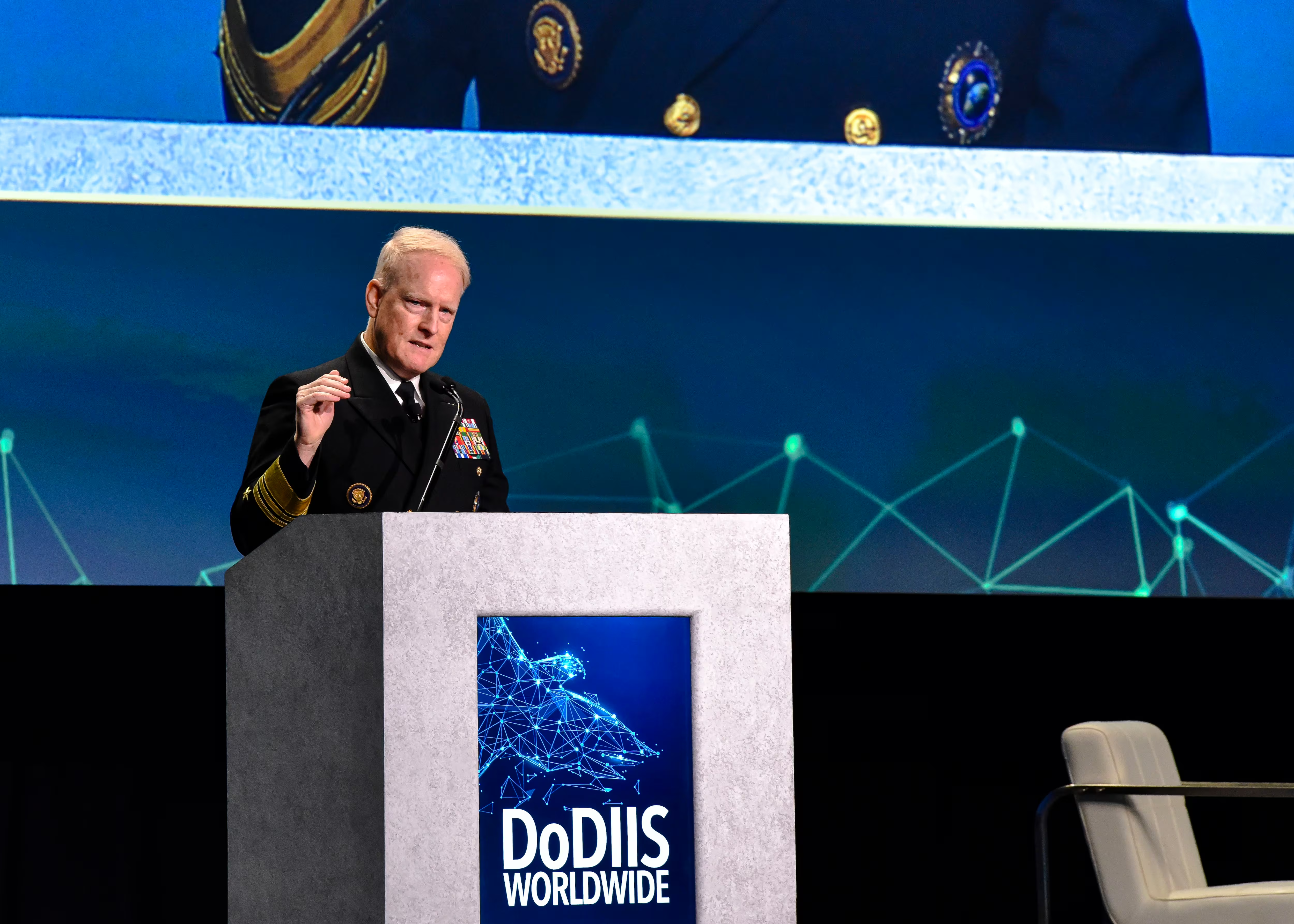WASHINGTON — The Department of Defense’s main organization for securing and defending networks worldwide has matured in its five years of existence at organizing its battlespace, leading to more coherent defense, a top official said.
Over the past year, Joint Force Headquarters-DoD Information Networks, the operational arm of U.S. Cyber Command that secures, operates and defends the network, has improved at implementing what its deputy commander calls its command-centric operational framework.
“This refers to the authority and ability to ensure actions are synchronized rapidly in a coordinated, deliberate and purposeful manner,” Brig. Gen. Paul Fredenburgh, said in prepared remarks Dec. 2 for AFCEA TechNet’s virtual conference. “Operationalizing the secure, operate-and-defend mission area is at the heart of outmaneuvering adversaries in the cyber domain as we establish priorities for and direct network operations, security actions and unified defensive efforts across DoDIN. Along with processes and technology, we are working to operationalize all cyberspace operations forces.”
JFHQ-DoDIN was designed to unify network efforts globally. Achieving full operational capability in 2018, its operations have continued to mature overall, especially in the area of integrating intelligence.
While the office worked to organize its battlespace for the last few years, that effort has come together significantly over this past year, Fredenburgh said. This means organizing portions of the DoDIN, which is made up of several networks and portions, into areas of operation. The DoD has identified specific commanders or directors responsible to secure, operate and defend those areas of operation, 45 in all.
The 45 are broken up among the services, agencies and combatant commands.
JFHQ-DoDIN has integrated four primary frameworks to ensure that networks are secure and that personnel can access the information they need, all of which is underpinned by the command-centric operational framework, Fredenburgh noted.
These four components include:
- Organizing the battlespace in order to gain unity of command and speed when taking action.
- Using a cyber risk assessment methodology.
- Focusing on relevant threats to make informed decisions on the network by using automation and an intelligence-driven methodology.
- Working with partners across the department to develop a process for addressing requirements to secure the network.
Mark Pomerleau is a reporter for C4ISRNET, covering information warfare and cyberspace.








